Understanding Jewelry Types and Materials
The world of Jewelry is vast and ever-evolving, ranging from timeless classics to contemporary designs that cater to diverse tastes. Understanding the different types of jewelry and their materials is essential not only for appreciation but also for making informed decisions when purchasing or wearing these adornments. In this section, we will delve deeper into traditional jewelry styles, current trends, and sustainable options that enhance your wardrobe while respecting the planet.
The Allure of Traditional Jewelry
Traditional jewelry embodies the legacy of cultures and craftsmanship honed over generations. It frequently incorporates materials such as gold, silver, and precious stones, each holding its own significance. For instance, gold has been cherished for its rarity and value, often used in wedding bands, heirlooms, and ceremonial pieces. Similarly, gemstones like diamonds, rubies, and emeralds are meticulously cut and set to create jewelry that tells a story.
In many cultures, traditional jewelry is synonymous with identity and pride. Indigenous jewelry often features symbols and designs that reflect the wearer’s heritage, celebrating their personal narrative while enhancing their aesthetic. It serves not just as decoration but also as a connection to the past, affirming cultural beliefs and customs.
Exploring Modern Jewelry Trends
The modern landscape of jewelry is vibrant, characterized by innovation and personal expression. Today, many jewelers experiment with unique materials, such as acrylics, unconventional metals, and even recycled materials, to create pieces that stand out. Layering different types of jewelry—necklaces, bracelets, and rings—has become a popular way to showcase personal style. Mixing metal tones, textures, and shapes has moved to the forefront of fashion trends, enabling wearers to create their own personalized aesthetics.
Customization has also gained traction, allowing individuals to engrave names, dates, or meaningful quotes on their jewelry. This personal touch transforms an ordinary piece into a symbol of significance, enhancing its emotional value. While traditional designs remain beloved, modern interpretations often reimagine them, catering to the desires of contemporary wearers.
Choosing Sustainable Jewelry Options
As awareness of environmental issues grows, so does the demand for sustainable jewelry options. Sustainable jewelry prioritizes ethical sourcing of materials, reduced waste in manufacturing processes, and eco-friendly practices. For example, brands are increasingly using lab-created diamonds, which reduce the environmental impact associated with mining. Recycled metals are also gaining popularity, providing an alternative to newly mined resources.
Moreover, by supporting artisan jewelers who utilize local materials and fair labor practices, consumers can actively contribute to environmentally and socially responsible practices. Opting for sustainable jewelry not only enhances one’s collection but also reflects a commitment to responsible consumerism, encouraging positive change in the industry.
Crafting a Personal Jewelry Style
Every individual possesses a unique sense of style, and jewelry plays a pivotal role in expressing that identity. Understanding how to curate a personal jewelry collection requires insight into aesthetics, combining various styles, and knowing how to accessorize for different occasions.
Identifying Your Jewelry Aesthetic
Your jewelry aesthetic is a blend of taste, personality, and lifestyle. To identify it, begin by evaluating your wardrobe. Are your clothing choices more classic, casual, or eclectic? Your jewelry should complement your overall style. Classic aesthetics often resonate with timeless pieces, like stud earrings and simple necklaces, while those who favor eclectic styles may enjoy bold statement pieces, mixing colors and shapes that stand out.
Consider exploring different types of jewelry influences. Pinterest boards, Instagram accounts, and fashion blogs can serve as valuable sources of inspiration, showcasing various styles and trends. Pay attention to how different pieces evoke specific feelings, helping you identify what resonates most with your personal aesthetic.
Mixing and Matching Styles
Mixing and matching different styles of jewelry can create a dynamic and personalized look. It invites creativity, allowing you to combine elements from various aesthetics seamlessly. To master this art, start by incorporating a statement piece into a more understated ensemble, such as layering a hefty chain necklace with delicate midi rings. This juxtaposition generates visual interest and reflects an awareness of contemporary trends.
Another effective strategy is embracing a color palette that complements your wardrobe. Sticking to a few key colors can make it easier to mix and match pieces without clashing. Finally, feel free to defy conventional style rules—wearing gold and silver together can create an unexpected charm that showcases your individuality.
Accessorizing for Different Occasions
Accessorizing effectively requires an understanding of the occasion and appropriate jewelry choices. For formal events, sticking to elegant pieces—like diamond studs or pearl necklaces—projects sophistication. Conversely, casual outings allow for more playful experimentation; think layered necklaces or stacked rings that enhance your relaxed vibe.
When attending professional functions, subtlety often reigns supreme. Opt for refined jewelry that enhances your outfit without being overly distracting. Conversely, social gatherings provide an open canvas for adventurous experimentation, where the opportunity to make bold choices in jewelry becomes paramount. Being strategic in accessorizing ensures that your jewelry complements your overall look and holds significance within the context of the occasion.
Shopping for Quality Jewelry
Quality is paramount when selecting jewelry that reflects both craftsmanship and durability. Understanding how to recognize authentic materials, evaluate craftsmanship, and interpret pricing structures are critical components for buyers aiming to invest in lasting pieces.
Recognizing Authentic Materials
Identifying authentic materials requires a discerning eye. Genuine metals, such as gold, silver, and platinum, possess unique characteristics, including weight and color. When shopping, inquire about metal purity—this information typically appears in karats for gold and a numerical value for silver (e.g., 925 for sterling silver).
Similarly, gemstones should be evaluated for their credibility. Authentic gemstones often come with certification from reputable organizations detailing their quality attributes, including cut, clarity, color, and carat weight. Familiarizing yourself with these standards will give you the knowledge to confidently assess and choose genuine materials.
Evaluating Craftsmanship and Design
Quality craftsmanship distinguishes worthy pieces from mass-produced alternatives. When evaluating jewelry, assess the detailing and finishing. Fine jewelry often showcases intricate designs, perfectly set stones, and secure clasps. Look closely for any irregularities, rough edges, or poorly soldered joints—these are indicators of subpar craftsmanship.
The design should resonate emotionally; it should captivate and draw attention. Consider whether the piece aligns with your aesthetic, lifestyle, and intended use. By prioritizing both craftsmanship and personal sentiment, you’ll ensure your jewelry collection remains vibrant and meaningful over time.
Understanding Pricing and Value
Jewelry pricing can vary significantly based on brand reputation, materials, craftsmanship, and market trends. While temptation exists to splurge on luxury brands, consider the intrinsic value of the piece—what qualifies it as an investment? Informed buyers recognize that unique pieces crafted by independent artisans may deliver exceptional value and quality, often at lower prices than high-end brands.
Researching the market can yield insights into fair pricing. Familiarize yourself with typical price ranges for various types of jewelry, taking into account factors like metal, gemstone quality, and design complexity. When inquiring, don’t hesitate to ask vendors about the materials and labor involved in the creation of the piece, empowering you to assess its true worth.
Jewelry Care and Maintenance
Caring for your jewelry is essential for ensuring its longevity and sparkle. Each material requires different approaches to maintain its beauty, thus understanding best practices for preservation, cleaning techniques, and effective storage will protect your cherished pieces.
Best Practices for Jewelry Preservation
To preserve your jewelry, abide by a few fundamental practices. First, remove jewelry when engaging in activities that may damage it, such as swimming, exercising, or applying lotions and perfumes. Cleaning your pieces regularly, depending on the material, is vital; using a soft cloth can effectively remove dirt and restore shine.
Additionally, consider scheduling professional cleanings. Many jewelers offer this service, ensuring that all pieces, especially intricate designs, are handled with care. Taking these steps can prolong the life of your jewelry, keeping it vibrant for generations to come.
Cleaning Techniques for Different Materials
Different materials require specific cleaning techniques to avoid damage. For instance, gold can be cleaned gently with a mixture of warm water and mild soap, followed by a thorough rinse and soft drying. Silver may require specialized polishing cloths to prevent tarnishing, while gemstones like pearls or opals are more sensitive and should typically be wiped with a soft cloth only.
Always research cleaning methods applicable to your jewelry. When in doubt, consult a professional jeweler to ensure you’re preserving your pieces properly and safely.
Storing Jewelry to Prevent Damage
Proper storage is essential for preventing jewelry damage and scratching. Utilize separate compartments for different types; soft pouches or lined boxes help protect delicate pieces. Avoid tossing items in a single box where they may rub against one another, leading to potential wear and tear.
Consider keeping jewelry stored in a cool, dry place to avoid environmental elements that could harm certain materials, particularly organic gemstones or fine metals. By adhering to a careful storage routine, you’ll ensure your jewelry remains in splendid condition for years.
Embracing Jewelry as a Means of Expression
Jewelry transcends aesthetics; it embodies personal narratives and lived experiences. Embracing this aspect can amplify its value, whether you’re giving it as a gift, collecting it, or wearing it for personal expression.
Jewelry as Personal Narrative
A piece of jewelry often carries stories that reflect significant milestones in a person’s life. From engagement rings symbolizing commitment to family heirlooms passed down through generations, jewelry has the remarkable ability to encapsulate emotions. Choosing pieces that resonate personally or commemorate occasions adds depth to your collection as it transforms into a narrative tapestry of your journey.
Gifting Jewelry: Meaning and Significance
Gifting jewelry serves as a profound expression of affection, celebrating moments of joy, achievements, and love. Jewelry can mark substantial life events or milestones—consider matching pieces for bridesmaids or charm bracelets rich with personal stories. Finding the perfect piece requires understanding the recipient’s taste and lifestyle, ensuring that the gift holds lasting significance.
Remember, the emotional value often surpasses monetary worth; a thoughtfully selected piece can become a cherished heirloom that holds memories long after it’s been gifted.
Collecting Jewelry: A Lifelong Journey
Jewelry collecting is an enriching endeavor, fueled by passion and dedicated exploration. The thrill of discovering unique pieces, understanding their history, and appreciating their artistry can add joy to the collector’s journey. However, consider focusing on a theme or specific era that resonates with you—this can help create a cohesive collection and enhance the enjoyment of the hunt.
Moreover, engaging with other collectors, attending jewelry shows, and researching various styles can deepen your appreciation and understanding of the art form. Over time, your collection may evolve to reflect personal values, aesthetics, and experiences, intertwining it with your life story.
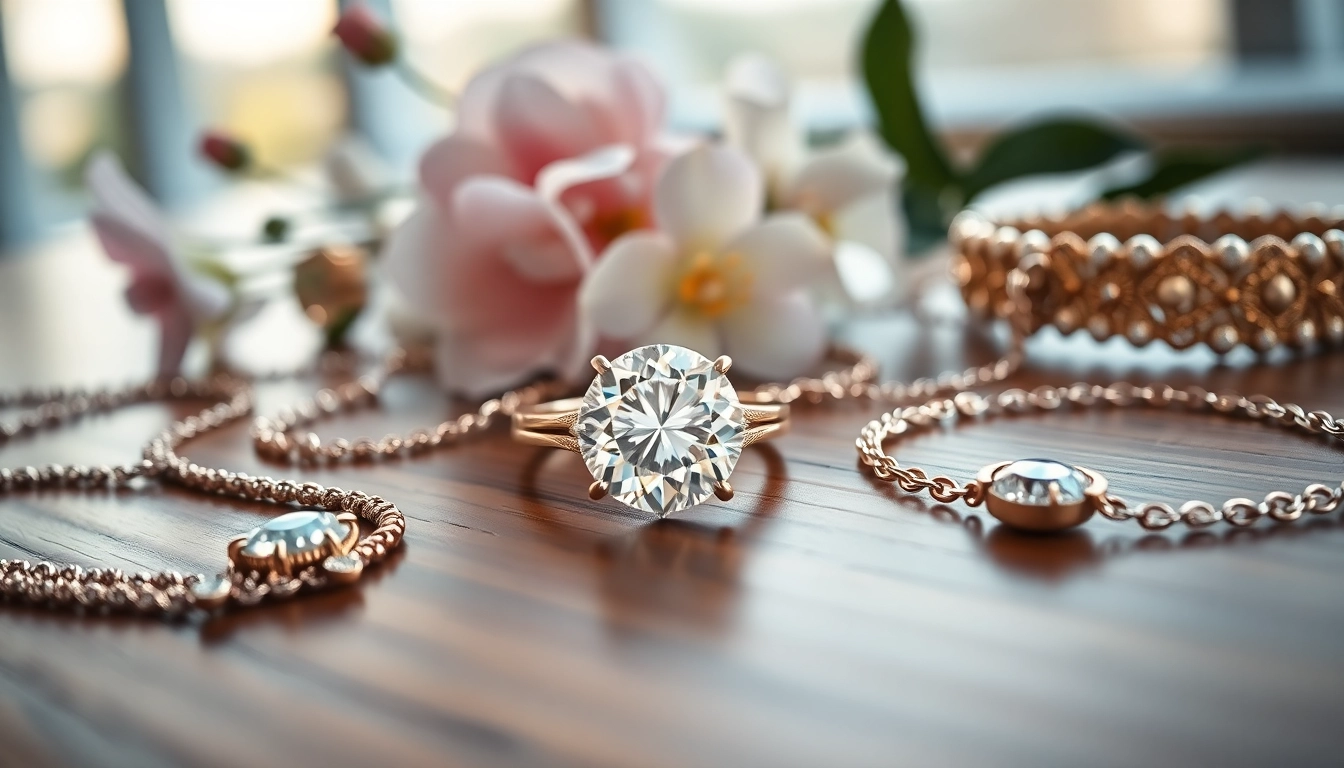


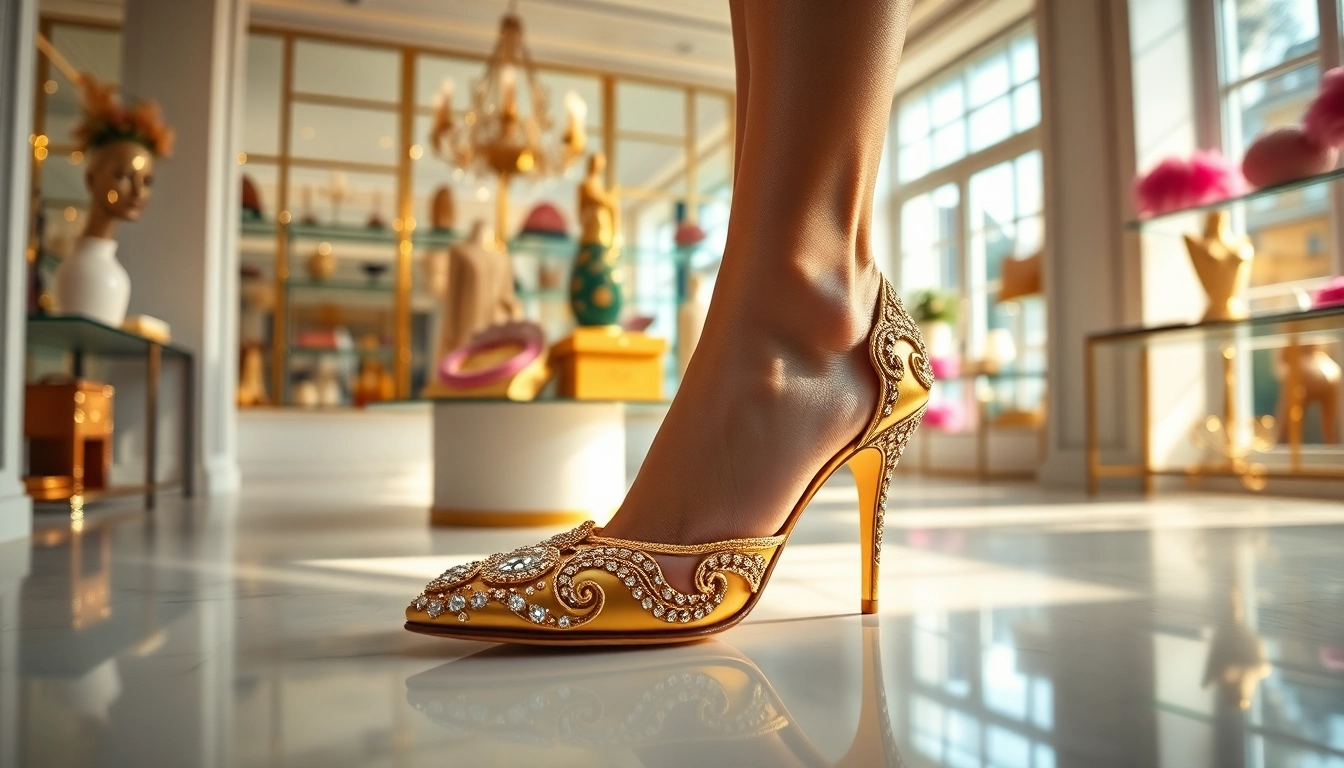


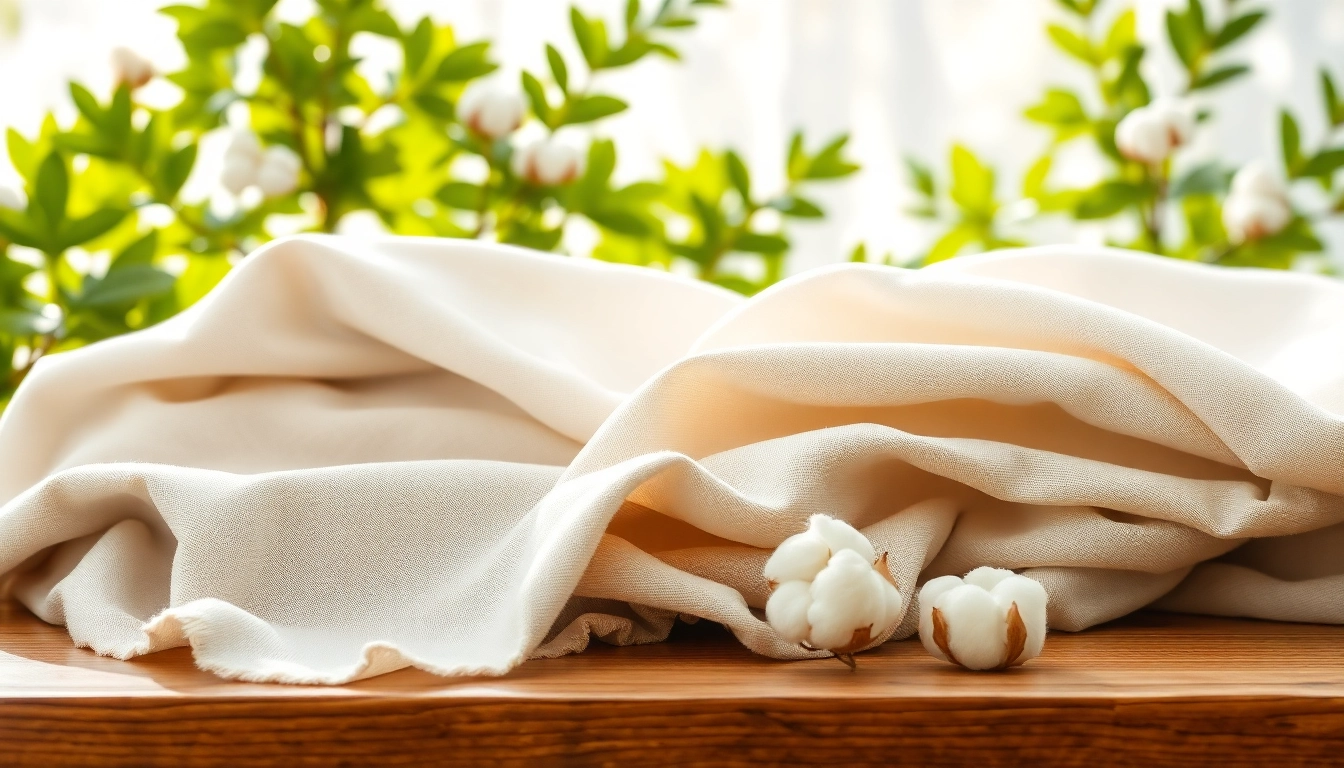
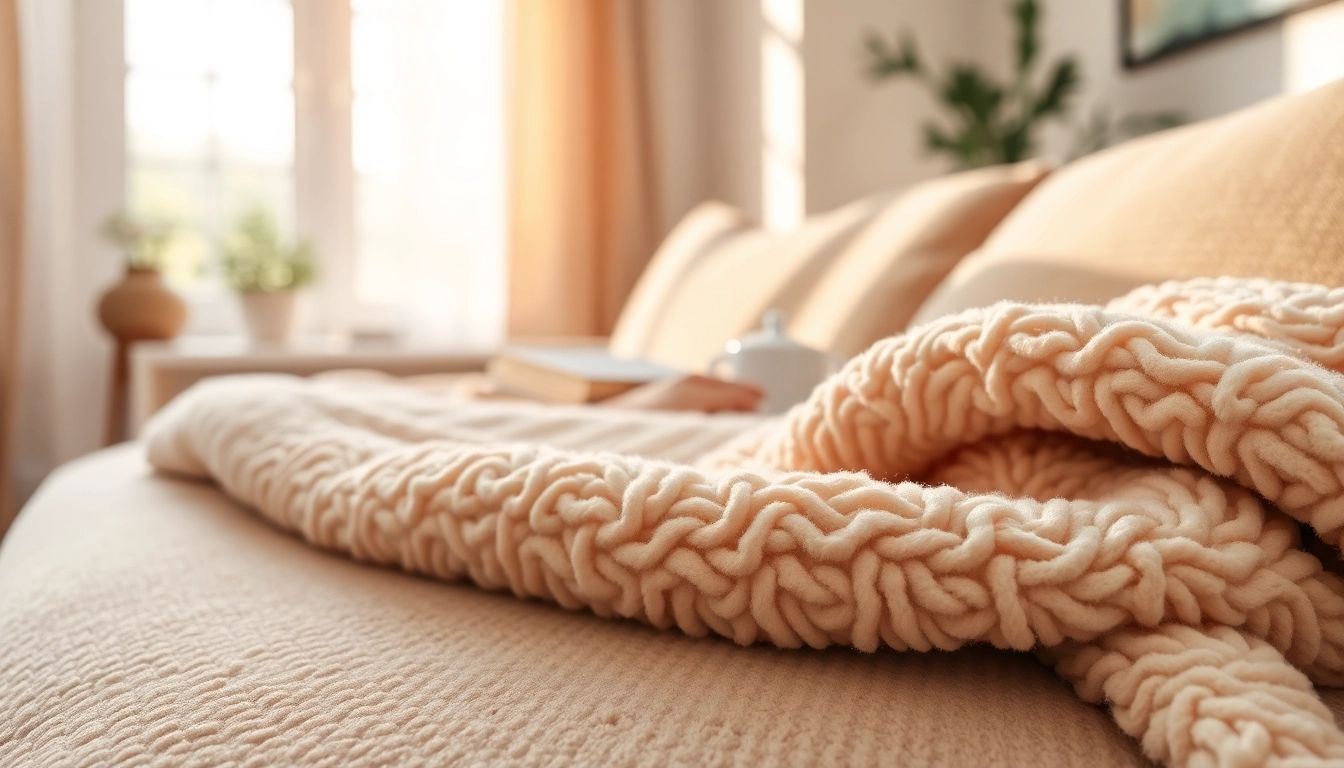
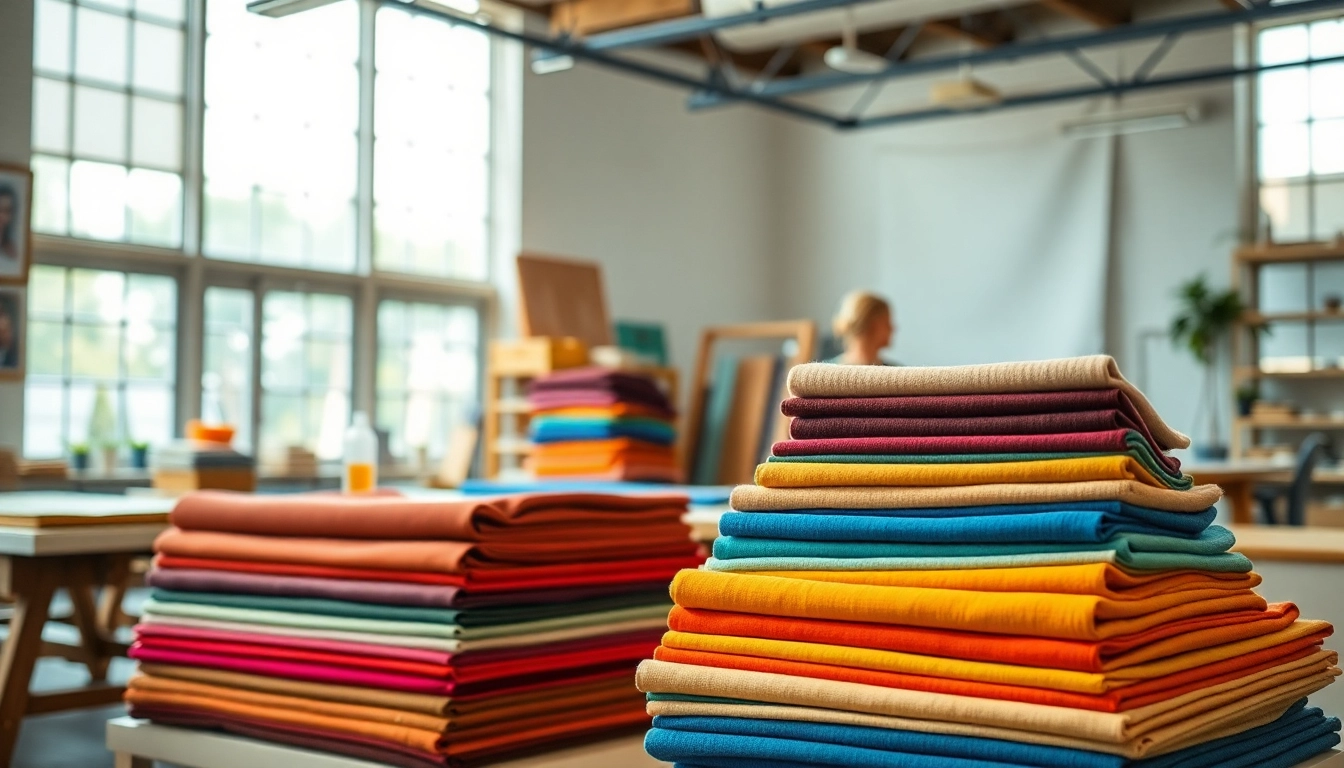
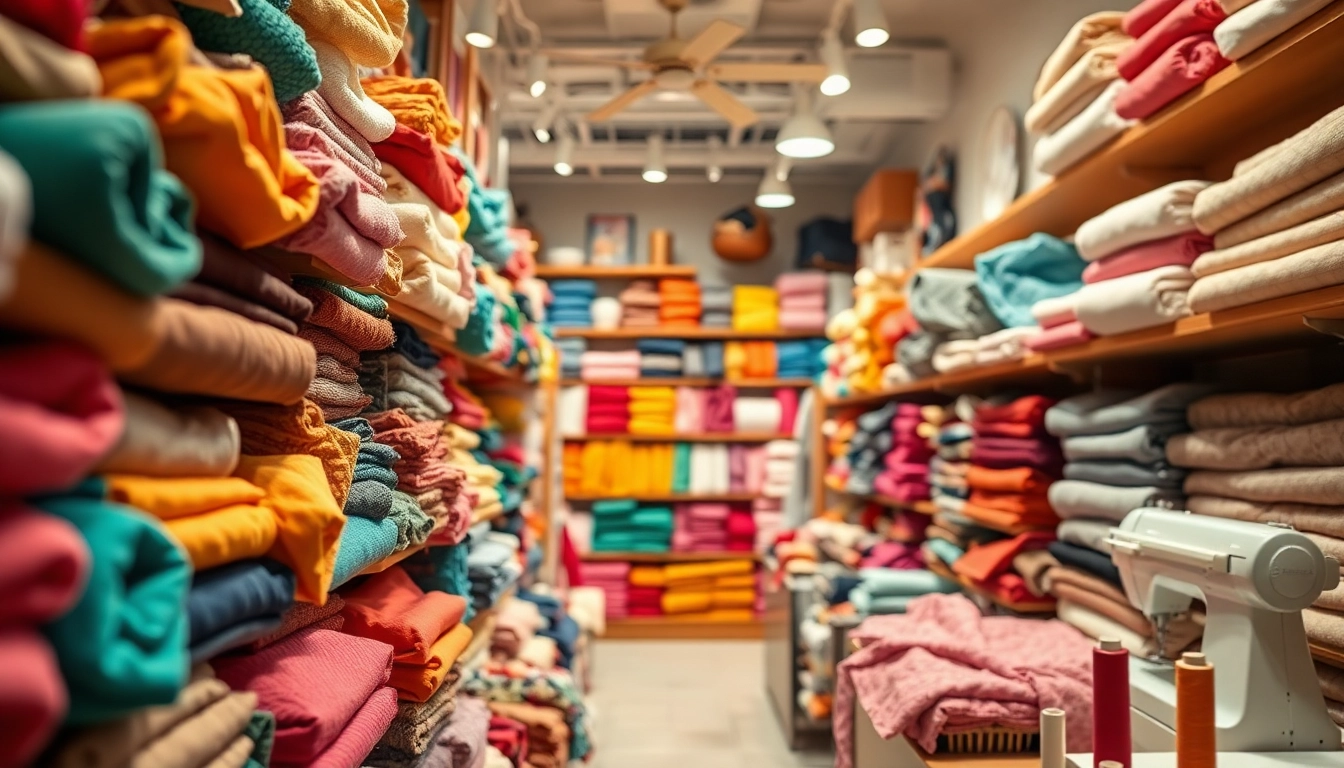





Leave a Reply